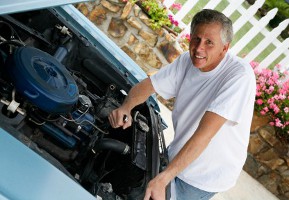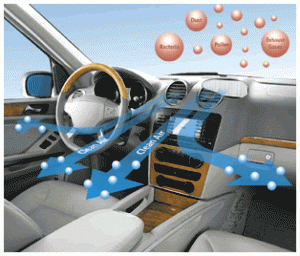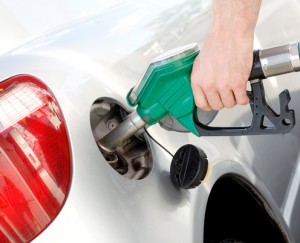 Here are 5 tips on buying a used car for anyone who’s in the market:
Here are 5 tips on buying a used car for anyone who’s in the market:
- Ask the seller for service records. Most owners who document their regular maintenance service visits take good care of their vehicles.
- Inspect the vehicle thoroughly. Check for uneven tire wear, poor alignment, suspension issues, strange sounds and funky odors.
- If everything checks out up to this point, bring it in to Express Car Care for a thorough used car inspection. Your helpful and knowledgeable service adviser can give you a heads up on any pressing issues or emerging problems that will need to be addressed eventually. If the seller won’t allow you to do this before you buy…move on.
- Buy a CarFax report. This will show any major accidents and title status concerns including whether it is a salvaged vehicle. You don’t want to purchase a car only to find out that it was under water for a week after a hurricane.
- After you have made your purchase, stay on top of regular maintenance and save those records. Express Car Care will help keep your car running well and you will really enjoy not having a car payment.
As always, please give us a call or come in and see us if you have any specific questions.

 Take care of your car and it will take care of you. Following basic car maintenance tips can help you stay on the road and out of the repair shop.
Take care of your car and it will take care of you. Following basic car maintenance tips can help you stay on the road and out of the repair shop. You’ve been looking forward to this trip for months. The kids are excited. You’ve even checked the pollen forecast, and you don’t anticipate any problems. The rental car looks perfect. You’ve reserved a four-wheel drive for this rugged adventure in the great outdoors. You get inside, take a deep breath, and start the car. Then it happens.
You’ve been looking forward to this trip for months. The kids are excited. You’ve even checked the pollen forecast, and you don’t anticipate any problems. The rental car looks perfect. You’ve reserved a four-wheel drive for this rugged adventure in the great outdoors. You get inside, take a deep breath, and start the car. Then it happens. How long have you been enjoying the romantic glow of your Check Engine Light? Hey, it isn’t there to create ambiance in your vehicle; it’s a warning that says something is wrong.
How long have you been enjoying the romantic glow of your Check Engine Light? Hey, it isn’t there to create ambiance in your vehicle; it’s a warning that says something is wrong. No matter how well they’re made, vehicles will have design or manufacturing problems. And when the government thinks a problem is really serious, they require the manufacturer of the vehicle to issue a recall notice and to repair the vehicle at no charge to the owner. The manufacturer has to try to contact everyone who owns that type of vehicle so they can get the recall work done.
No matter how well they’re made, vehicles will have design or manufacturing problems. And when the government thinks a problem is really serious, they require the manufacturer of the vehicle to issue a recall notice and to repair the vehicle at no charge to the owner. The manufacturer has to try to contact everyone who owns that type of vehicle so they can get the recall work done. There are a lot of misconceptions about fuel grades-and by fuel grades, I mean, the octane rating. Names like “Standard”, “Super”, “Plus”, and “Premium”, lead people to believe that the octane rating/grade is associated with quality. Octane ratings are expressed as a number that typically ranges from 87 to 91 at the pump. The number doesn’t mean “better” but rather signifies the appropriate grade of fuel for a particular engine.
There are a lot of misconceptions about fuel grades-and by fuel grades, I mean, the octane rating. Names like “Standard”, “Super”, “Plus”, and “Premium”, lead people to believe that the octane rating/grade is associated with quality. Octane ratings are expressed as a number that typically ranges from 87 to 91 at the pump. The number doesn’t mean “better” but rather signifies the appropriate grade of fuel for a particular engine.


